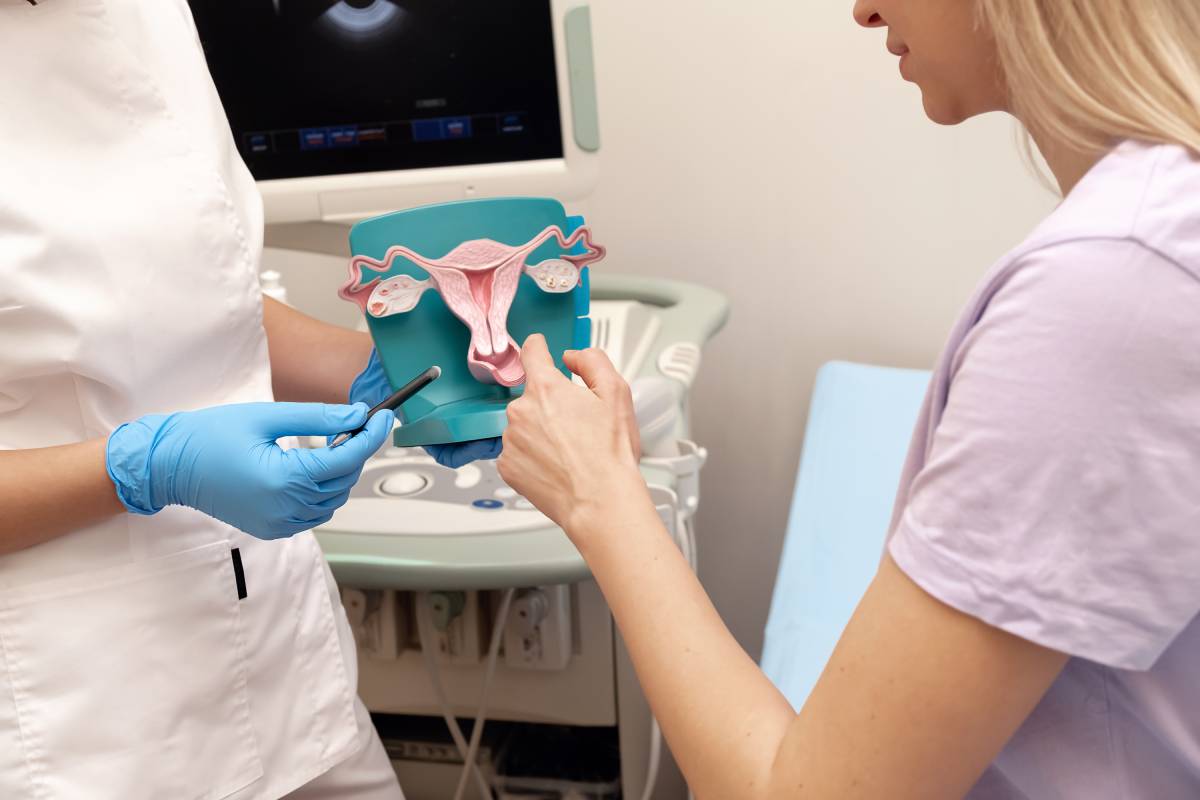Safety of Outpatient OBGYN Surgery

Recent years have seen a significant and ongoing shift towards more outpatient surgery and less inpatient surgery. There are many benefits in this shift including increased convenience, decreased hospital time, lower cost, and more predictable scheduling. However, there are also risks with any procedure, that may be more difficult to manage in the outpatient setting as compared to a hospital. OBGYN is one of the specialties that is well-suited to procedures in the outpatient setting. As the frequency and complexity of outpatient OBGYN procedures and surgery increases, it is important to consider their safety. Some common outpatient OBGYN surgery procedures include hysteroscopy biopsy, miscarriage care, hysteroscopy ablation, removal of benign or malignant tissue in the uterus or fallopian tubes, removal of fibroids in the uterus, conization of the cervix, and bladder defect repair.
Patients in the outpatient setting can experience harm in the form of errors of diagnosis, errors in treatment, errors in prevention, and adverse drug events (Smith, et al., 2018) (Keats, 2013). Factors that affect outcomes include surgical volume, patient complexity, and surgeon experience (Smith, et al., 2018). Outpatient OBGYN practices must have resources and systems in place to catch errors and mitigate them to ensure the safety of procedures.
In 2008, the American College of Obstetricians and Gynecologists (ACOG) convened a task force to develop recommendations to improve the safety of patient care in the OBGYN office setting. The group placed a special focus on the increasing number of surgical procedures being completed in the office. One recommendation from the resulting report was to establish a medical director with the responsibility to focus on patient safety in the office. The role of the medical director would be to ensure that members of the surgery team are qualified for the role, plan and set up the surgical space, coordinate acquisition of equipment, and monitor all surgical activity and outcomes (Smith, et al., 2018). To encourage efficacy and ensure a safe office environment, the ACOG report also recommended the use of time-outs before office surgical procedures and use of checklists preoperatively, intraoperatively, and postoperatively (Keats, 2013).
To address any unexpected events during surgery, the ACOG report also advised that offices have the necessary supplies on hand to address any unusual complications of surgery, such as hemorrhage and adverse drug reactions. The report also recommended mock drills to address any cases of allergic reactions, excessive sedation, cardiac events, or hemorrhage (Keats, 2013). Staff must also be prepared for these situations, and any staff member trained in providing moderate sedation should be trained in basic life support, advanced cardiovascular life support, or advanced trauma life support certification. The recommendations also suggested that offices ensure appropriate equipment is on site to support BLS treatments. The office must also have a system in place to ensure safe and timely transport of a patient from office to hospital if necessary (Smith, et al., 2018).
Though there is less oversight in an outpatient surgical setting compared to an inpatient surgical setting, there are accrediting agencies that provide guidance for such facilities. These include the Accreditation Association for Ambulatory Health Care and the Association for Accreditation of Ambulatory Surgery (Smith, et al., 2018). Ultimately, patient safety in the obstetric and gynecologic office setting is of extreme importance, and there are many opportunities to ensure safety and reduce risk during outpatient OBGYN surgery.
References
- Keats JP. Patient safety in the obstetric and gynecologic office setting. Obstet Gynecol Clin North Am. 2013;40(4):611-623. doi:10.1016/j.ogc.2013.08.004
- Smith R, Pearlman MD, Weiss PM, Gluck PA. Patient Safety in the Outpatient Setting. In: Ivester T, ed. Quality and Safety in Women’s Health. Cambridge: Cambridge University Press; 2018:25-37. doi:10.1017/9781139505826.004
- Weiss PM, Swisher E. Patient safety in the ambulatory OB/GYN setting. Clin Obstet Gynecol. 2012;55(3):613-619. doi:10.1097/GRF.0b013e31825ca6e6
